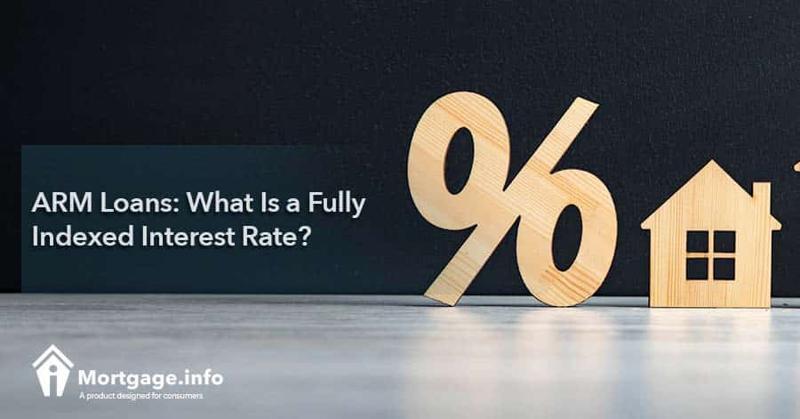ARM loans or adjustable rate loans, have a rate that adjusts periodically. Most commonly, they adjust once per year. You do get a fixed period temporarily at the start of the loan, which can be 3, 5, or 7 years. After that, your rate adjusts. During the adjustment periods, you will hear a variety of terms thrown around including the fully indexed interest rate.
Below we explore what this means so that you have a full understanding of your ARM loan.
Understanding the Fully Indexed Rate
Let’s start from the beginning. Let’s say you have a 3/1 ARM with an initial rate of 3.5%. The first three years of the loan, your rate will be 3.5%. It does not adjust during that time. After the third year and on your loan’s adjustment date, the rate will adjust. The rate it becomes is the fully indexed rate. This means:
The loan’s benchmark (index) + the designated margin
The loan’s benchmark could be LIBOR, 1-year Treasury Bill, or the prime rate. It could also be another benchmark, but these are the most common. The margin is a predetermined amount the lender will add to the benchmark at the time of adjustment. Lenders often base the margin on your credit score. The higher your credit score is, the lower the margin and the lower the credit score is, the higher the margin.
Your rate will adjust each year at the same time coinciding with the chosen benchmark plus the margin. The rate could increase or it could decrease, it depends on the market’s performance.
The Caps
Before you worry that your interest rate could get out of hand, the fully indexed rate does have limits or caps. They are as follows:
- Initial adjustment cap – Your rate can only adjust as much as the initial cap. This helps you avoid too much payment shock when you start a new payment. This cap expires after the first adjustment.
- Periodic adjustment cap – Your rate can only adjust a certain amount each period after the initial cap. This cap remains for the life of the loan but pertains only to each period.
- Lifetime cap – The final cap is the amount your rate can adjust over the lifetime. For example, if it’s 5%, then your rate can only increase 5% the entire lifetime. If it hits that amount, the rate will not adjust any further.
Before you take an ARM loan, consider all aspects of it. Ask the lender what the fully indexed rate is at its worst. In other words, what’s the highest the interest rate can get? This will help you determine if you should take this loan or not. If it’s a payment that you cannot afford, why take the chance? The only way around this is if you know that you will refinance the loan or pay it off before the rate adjusts.
For example, if you are buying this house just for a few years because you know your job will relocate you, a 5-year ARM might be beneficial. You can save on the interest during the introductory period and then pay the loan off before it adjusts. You should also plan for the worst-case, though. What if you don’t move? Can you afford the fully indexed rate and coinciding payment? Keep these things in mind as you decide which loan is right for you
